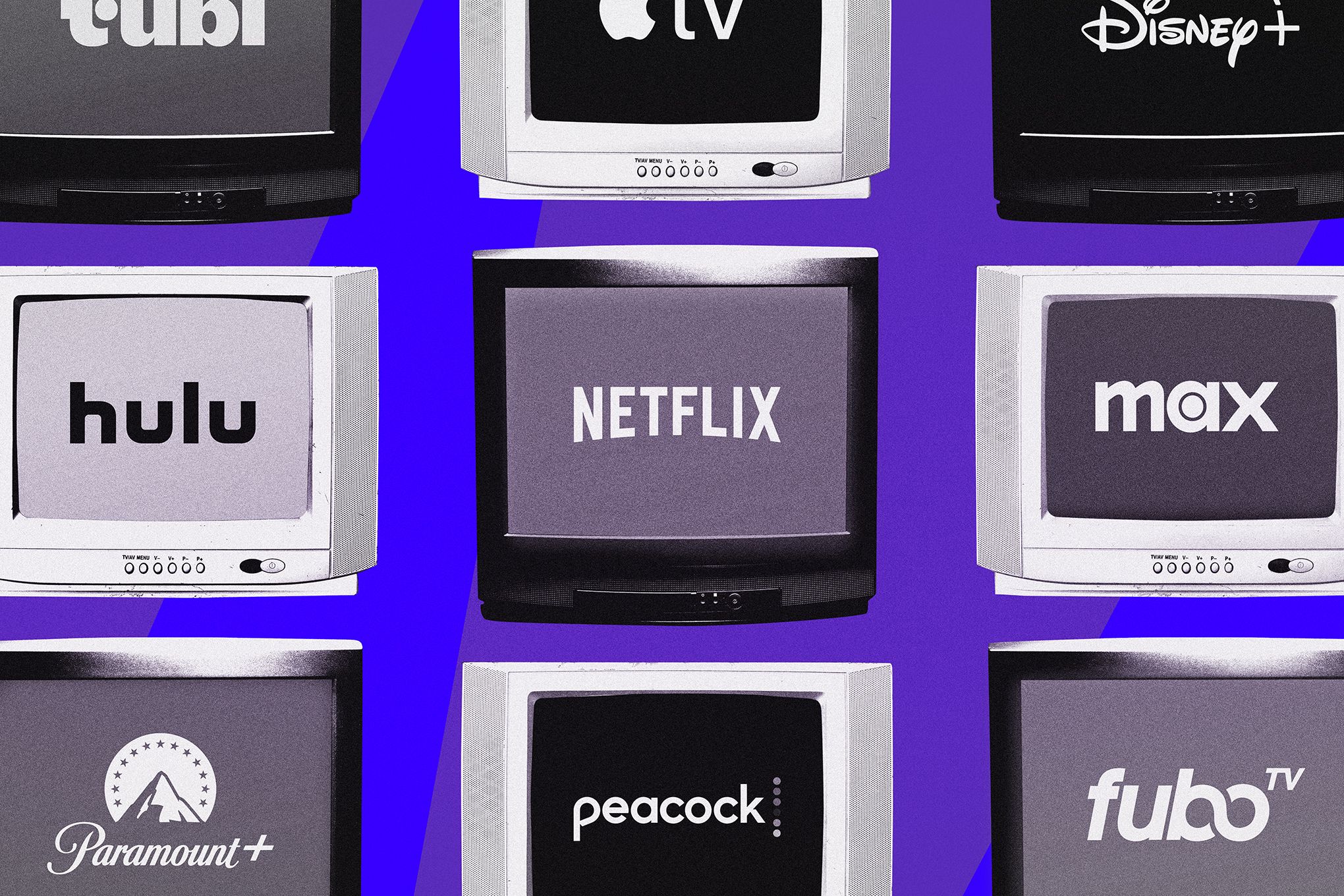California just delivered a win for exhausted parents everywhere. Governor Gavin Newsom signed legislation Monday forcing streaming giants like Netflix, YouTube, and Hulu to stop blasting ads at ear-splitting volumes. The new law, taking effect July 2026, requires advertisements to match the volume of whatever show you're watching - ending the jarring audio spikes that have plagued streamers for years.
The days of scrambling for your remote when a booming commercial interrupts your Netflix binge are numbered. California became the first state to regulate streaming ad volumes Monday when Governor Gavin Newsom signed SB 576 into law, targeting platforms that have dodged federal audio restrictions for over a decade.
The legislation emerged from a surprisingly relatable complaint - California state senator Tom Umberg's staffer was fed up with streaming ads jolting their newborn awake. "Every exhausted parent who's finally gotten a baby to sleep, only to have a blaring streaming ad undo all that hard work" inspired the bill, Umberg said in a statement. What started as one person's frustration could reshape how millions experience streaming content.
Netflix, YouTube, Hulu, and Amazon Prime Video now have 20 months to adjust their audio engineering before the law takes effect in July 2026. The requirement is straightforward - advertisements must air at the same volume as the content being streamed, no exceptions.
This isn't breaking new ground technically. The federal Commercial Advertisement Loudness Mitigation (CALM) Act has regulated TV broadcasters since 2010, but streaming services slipped through a regulatory gap as the industry exploded. Traditional TV viewers have enjoyed consistent audio levels for over a decade while streaming audiences endured the audio equivalent of whiplash.
California's move carries weight far beyond state lines. The Golden State's massive influence over entertainment production and technology standards means this could become the de facto national rule. When California moves, the industry typically follows - especially when compliance is easier than maintaining separate audio standards for different markets.
"We heard Californians loud and clear, and what's clear is that they don't want commercials at a volume any louder than the level at which they were previously enjoying a program," Newsom said. His statement highlighted how streaming platforms "had previously not been subject to commercial volume regulations passed by Congress in 2010."












